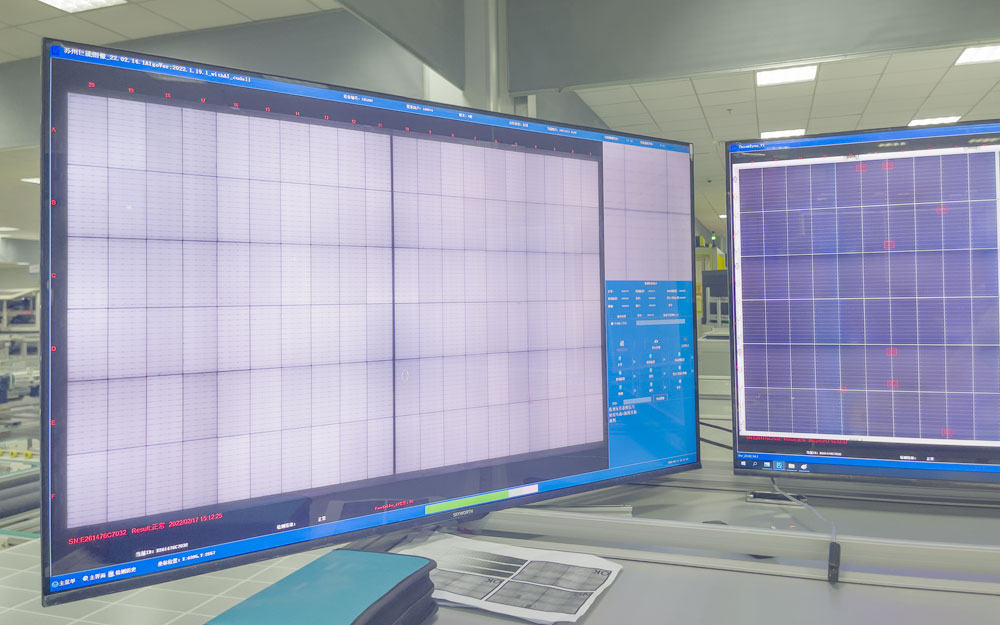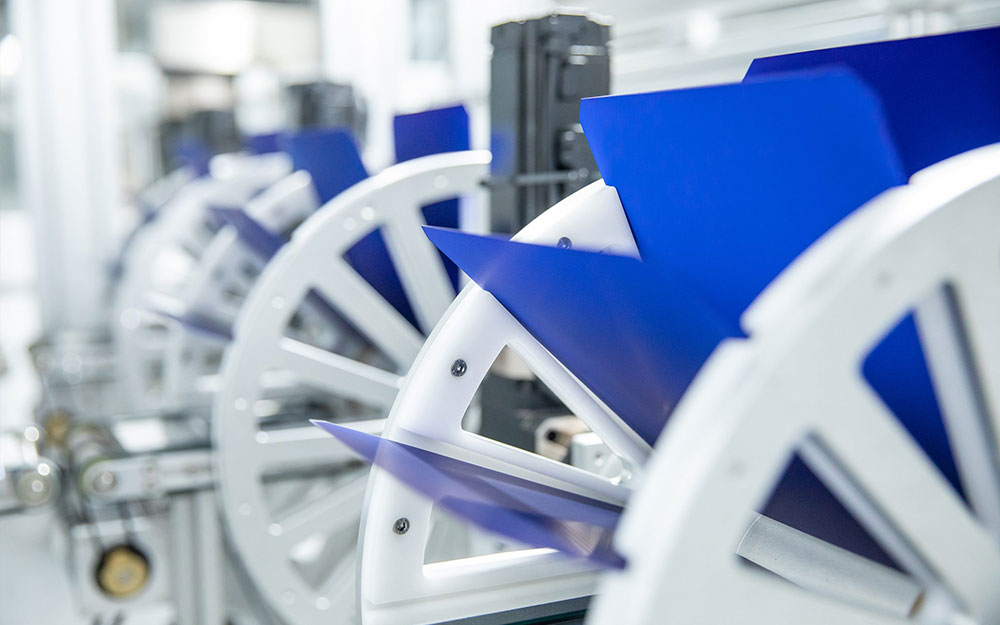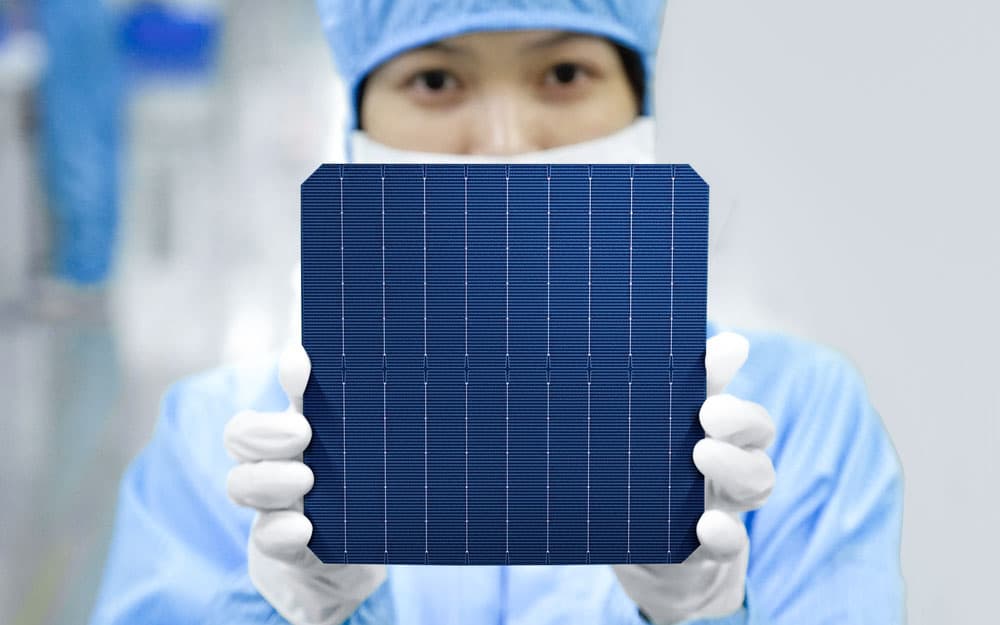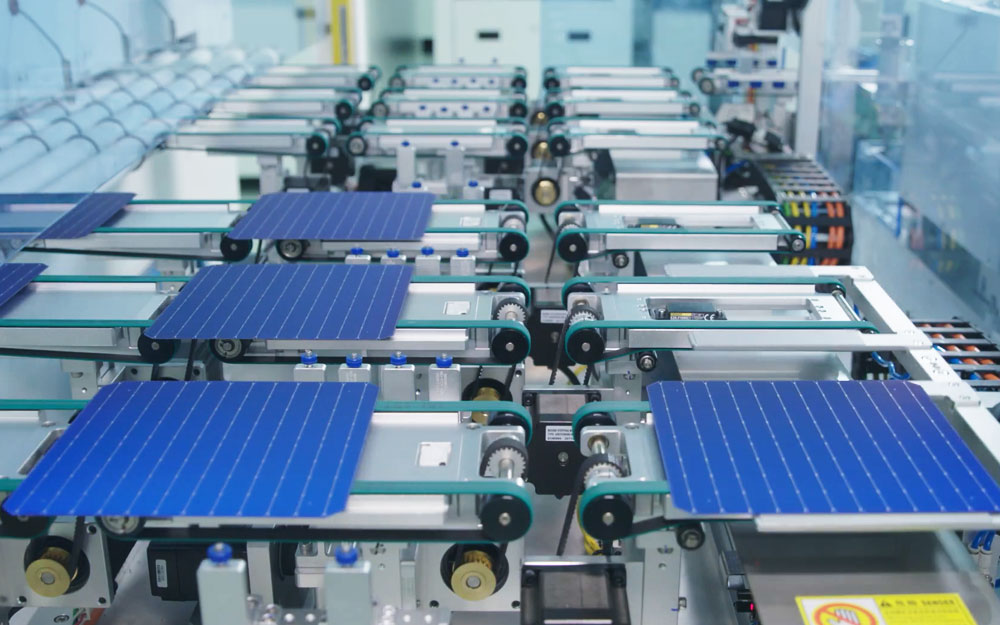 Why EL Testing of Solar Module is Important?
Why EL Testing of Solar Module is Important?
 HJT or TOPCon? Which technology of N-Type Solar Cell will replace PERC?
HJT or TOPCon? Which technology of N-Type Solar Cell will replace PERC?
 New Record! HJT Solar Cell Efficiency reach 25.23%!
New Record! HJT Solar Cell Efficiency reach 25.23%!
 Trends of Solar PV Cells and modules – 166mm, 182mm or 210mm?
Trends of Solar PV Cells and modules – 166mm, 182mm or 210mm?
 Advantages of Half-Cut Cell Solar PV Panels
Advantages of Half-Cut Cell Solar PV Panels
 How Bifacial Solar Panels Can Increase Power Generation?
How Bifacial Solar Panels Can Increase Power Generation?
 What is Multi-Busbars(MBB) Solar Cells Panels?
What is Multi-Busbars(MBB) Solar Cells Panels?
 What is the Double Glass(Dual Glass) Photovoltaic Solar Panel?
What is the Double Glass(Dual Glass) Photovoltaic Solar Panel?